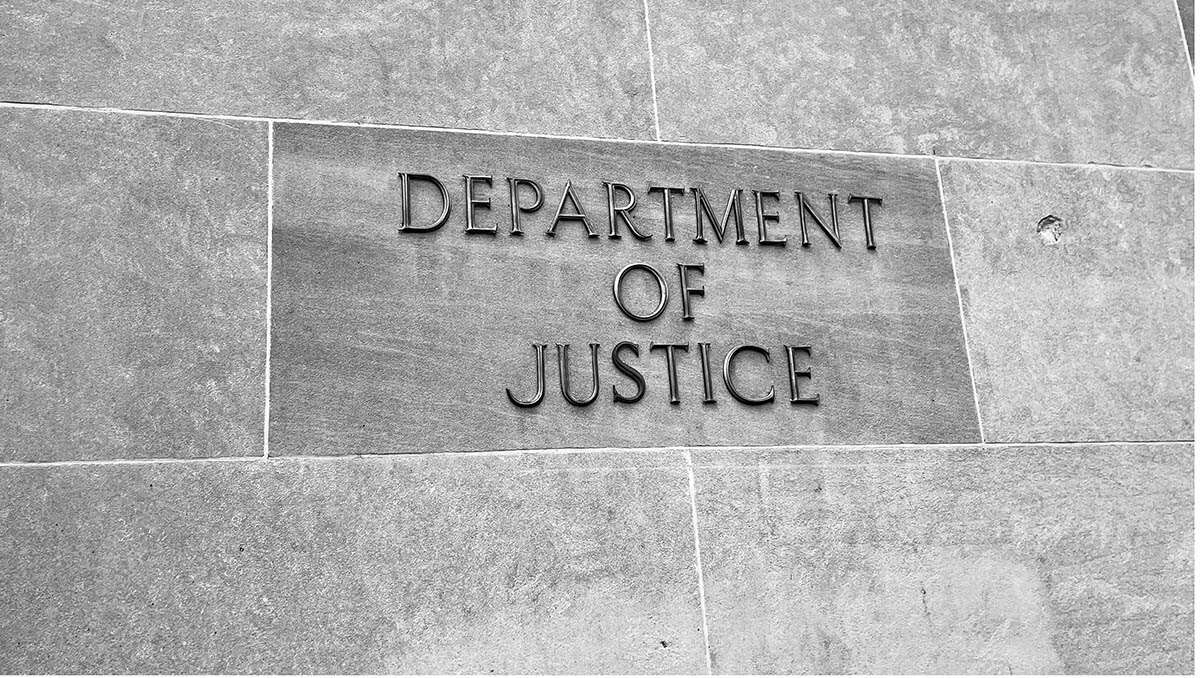UPDATE: The Corporate Transparency Act May Still Apply to You
On March 1, a district court judge ruled that the Corporate Transparency Act (CTA) is unconstitutional. However, his decision applied only to the...

January 22, 2019 — On Friday, January 18, 2019, the IRS released final regulations under IRC Section 199A (the new 20% pass-through deduction). The regulation and accompanying guidance are largely similar to the proposed regulations issued in August with a few important clarifications and changes.
Beginning in 2018, owners of pass-through entities and sole proprietorships are allowed a deduction equal to the lesser of 20% of qualified business income or 20% of taxable income less capital gains. Qualified business income is generally defined as income from a trade or business that is effectively connected with the United States other than a specified service trade or business or the trade or business of performing services as an employee. Items classified as investment income are not eligible for the 20% deduction.
Married taxpayers with taxable income above $315,000 ($157,500 for other taxpayers) must generally limit their deduction to the greater of 50% of their share of W-2 wages of the business or the sum of 25% of their share of W-2 wages plus 2.5% of their share of the unadjusted basis of “qualified property”. Taxpayers with income below the threshold are not subject to the above test and can also treat income from a specified service trade or business as eligible income.
The final regulations clarified a number of items from the proposed regulations and made a few significant changes. Some key items in the proposed regulations were outlined in a previously posted article, “Proposed Regulations Issued on New 20% Pass-through Deduction”.
The final regulations retained and expanded the aggregation rules allowing taxpayers to treat two or more separate businesses as one for purposes of the IRC 199A calculation. Aggregation is key to maximizing the 20% pass-through deduction for businesses that would otherwise be limited by the wage and/or wage and property limitations. The tests for determining whether the businesses are eligible to be aggregated are largely the same, however; they did clarify the family and other attribution rules and made a minor modification to the definition used to determine whether the businesses are integrated and part of a larger enterprise. The biggest change is that aggregation can now be done at the entity level rather than just the individual and trust level.
A major question that was not addressed in the proposed regulation related to determining when a business is considered to rise to the level of a “trade or business” for purposes of IRC 162 which is necessary to be eligible for the 20% pass-through deduction. While the IRS did not provide a set of tests or other clarification that can be applied in all situations, the IRS did provide a safe harbor (Notice 2019-07) that rental real estate operations can use to provide certainty that they are eligible for the 20% deduction. There are a number of requirements and not all rental real estate operations will be able to avail themselves of the safe harbor. A detailed summary of the requirements can be found in an article by Alex Helkamp, CPA.
The proposed regulations had an exception to the “trade or business” requirement if the rental or licensing of the property was to a trade or business that was commonly controlled. The final regulations retain this exception but clarify that the exception is not available in situations where the rental or licensing is to a commonly controlled C corporation.
For taxpayers above the taxable income threshold, the 20% pass-through deduction is limited to the greater of 50% of W-2 wages or 25% of W-2 wages plus 2.5% of the unadjusted basis of qualified property. Under the proposed regulations, the special partnership basis adjustments under IRC 743 or 734 (basis increases to partnership property and treated as additional property placed in service as a result of certain sales or exchanges) were not eligible to be included in the calculation. The final regulations changed this rule in the context of IRC 743 and allow it in the calculation of qualified property to the extent it represents an increase over the original cost (not to the extent the partnership’s basis was reduced via depreciation which avoids double counting) of the property.
The final regulations also modified the rules for nontaxable transfers (such as tax-free contributions to a partnership or corporation or like kind exchanges). The final regulations allow the UBIA calculation to include the original cost of property contributed to a partnership or corporation in a tax-free exchange rather than the reduced basis (i.e. original cost reduced by depreciation) as required in the proposed regulations.
The proposed regulations eliminated two anti-abuse rules treating businesses that would be eligible for the 20% pass-through deduction as specified service businesses if they transacted with related party specified service trade or businesses. The remaining anti-abuse rule provides that if there is 50% or more common ownership between two businesses and one is a specified service trade or business, the portion of the business providing services to the SSTB will be treated as a separate SSTB.
The final regulations also clarified the de minimis rule, which provides that a business is not a SSTB if less than 10% of the gross receipts (5% if the gross receipts are over $25 million) are performed in fields that would be treated as an SSTB. The regulations clarify that if the SSTB activity can be properly treated as a separate trade or business under IRC 162, then the qualifying activity can be reported as eligible even if the SSTB is in excess of the de minimis rule threshold.
There are a number of other changes and clarifications in the final regulations that can impact taxpayers. Taxpayers are permitted to rely on either the final regulations (in their entirety) or the proposed regulations (in their entirety) for years ending in calendar year 2018.

On March 1, a district court judge ruled that the Corporate Transparency Act (CTA) is unconstitutional. However, his decision applied only to the...

Bookkeeping is strategically important for every business because financials form the foundation for daily operations and future planning....

In a decision issued March 1, 2024, U.S. District Court Judge Liles Burke ruled that the Corporate Transparency Act (CTA) is unconstitutional....